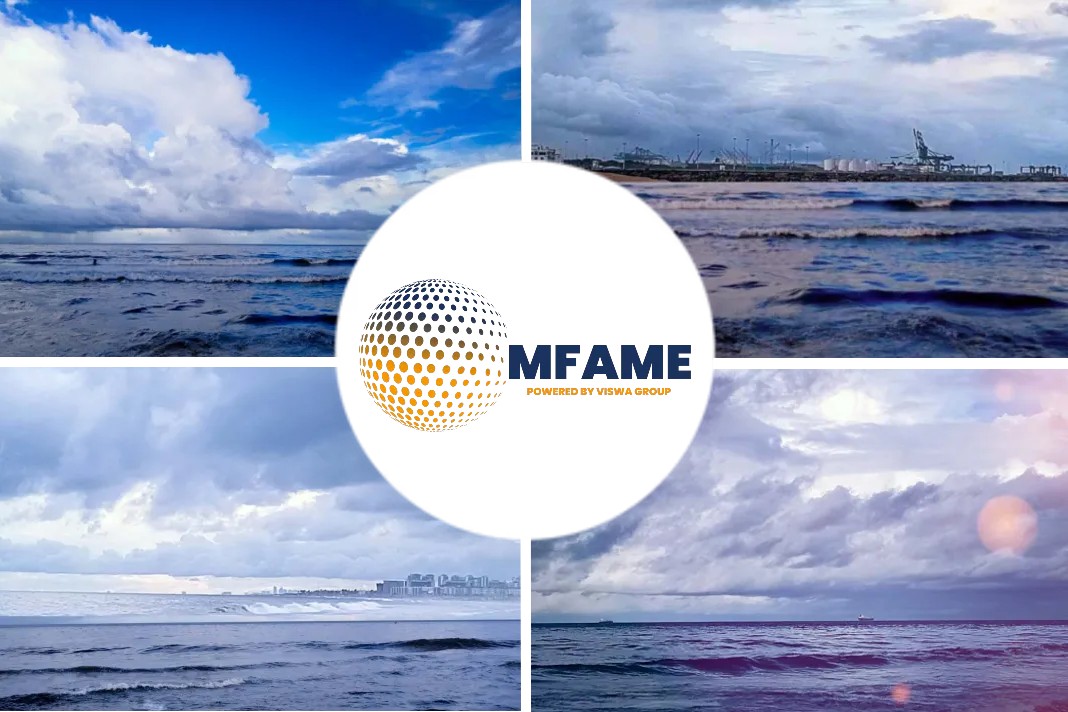The global bunker industry looks set for a pivotal year in 2018 as buyers and sellers come under increasing pressure to decide how to respond to impending emissions limit cuts.
- New sulfur limit kicks in from 2020
- LNG bunkering looks to gain market share
- Doubts over non-compliance rates
The International Maritime Organization is due to cut the global bunker fuel sulfur limit to 0.5% at the start of 2020 from 3.5%, forcing shipowners either to switch to using cleaner, more expensive fuels, install equipment to clean their emissions, or ignore the new rules and hope not to get caught.
The default response for most in shipping will be to do nothing and buy whatever 0.5% sulfur fuels are available in 2020 — low sulfur residual fuels, distillates or new blends of various refinery streams.
But some clarity should emerge in the coming year about how many will find other options.
Exhaust gas abatement systems, or scrubbers, have been discussed as the main alternative to 0.5% sulfur bunkers in 2020, and the uptake of these systems should become clearer by the end of 2019.
The systems are fitted to a vessel to spray alkaline water into its exhaust to remove sulfur and other unwanted emissions, and take a few weeks in dry dock to install.
Most in the market now acknowledge that the uptake of scrubbers has been slower than expected because of the up-front capital cost of installation, technical questions over how well they work, and general inertia among shipowners.
Danish container line Maersk — one of the largest consumers of bunker fuel in the world — has in particular stymied the market with its announcement that it intends not to use them.
For those that are considering installing scrubbers, the manufacturers of the systems may be more inclined to offer favorable sales terms in the first half of 2018 while the market is slow.
And more talk has started to emerge about fuel oil suppliers willing to put up credit for a scrubber installation in return for an exclusive bunker term contract with them for five years or more.
The LNG bunkering industry will start 2018 in a more buoyant mood than in previous years, after France’s CMA-CGM announced its order of nine LNG-fueled large container ships towards the end of 2017.
The order may be taken by some as proof that LNG can be a suitable solution for even the largest vessels in the global fleet — where previously it was thought it might be largely restricted to short-sea shipping around the north of Europe.
The extent of LNG bunker demand in 2020 should be clear fairly early next year, as any new LNG fueled vessels not on order by then are unlikely to be in operation in two years’ time.
SUPPLY PICTURE TO SHARPEN
Refinery owners looking at what changes in configuration they need to make to cater to the 0.5% sulfur marine fuel market face a similar crunch point — any significant upgrades to their facilities not announced at the start of 2018 are unlikely to be producing fuel by the start of 2020.
So by the middle of next year, ideas about the supply picture for fuel oil and middle distillates in 2020 should converge.
The market will also likely learn more about the specifications of the various grades of 0.5% sulfur bunkers that producers plan to make available next year.
But the main area where clarity is unlikely to emerge in 2018 is compliance rates — what percentage of the market may risk ignoring the new rules in 2020.
Another meeting of the IMO’s Marine Environment Protection Committee is scheduled in April, but few expect any enforcement measures to be announced that will be in effect by the time the new sulfur cap comes into force.
At the recent S&P Global Platts Mediterranean Bunker Fuel Conference in Athens, presenters discussed estimated non-compliance rates of 5%-30% of global bunker demand in 2020.
And without a clearer idea of how much non-compliant demand the shipping industry will be able to get away with, the market will need to wait a little longer to see how much fuel oil will still be needed in two years’ time.
Did you subscribe for our daily newsletter?
It’s Free! Click here to Subscribe!
Source: Platts
















